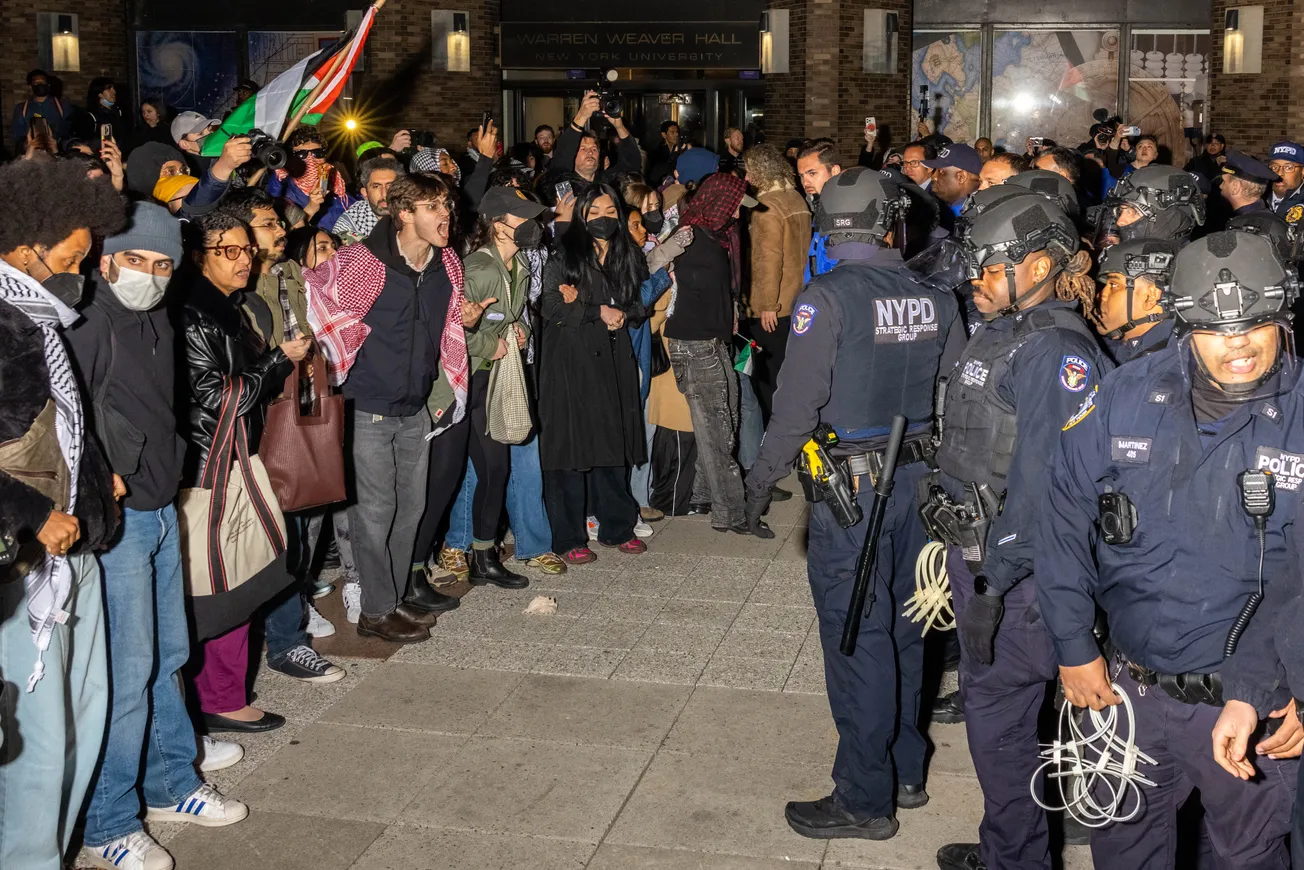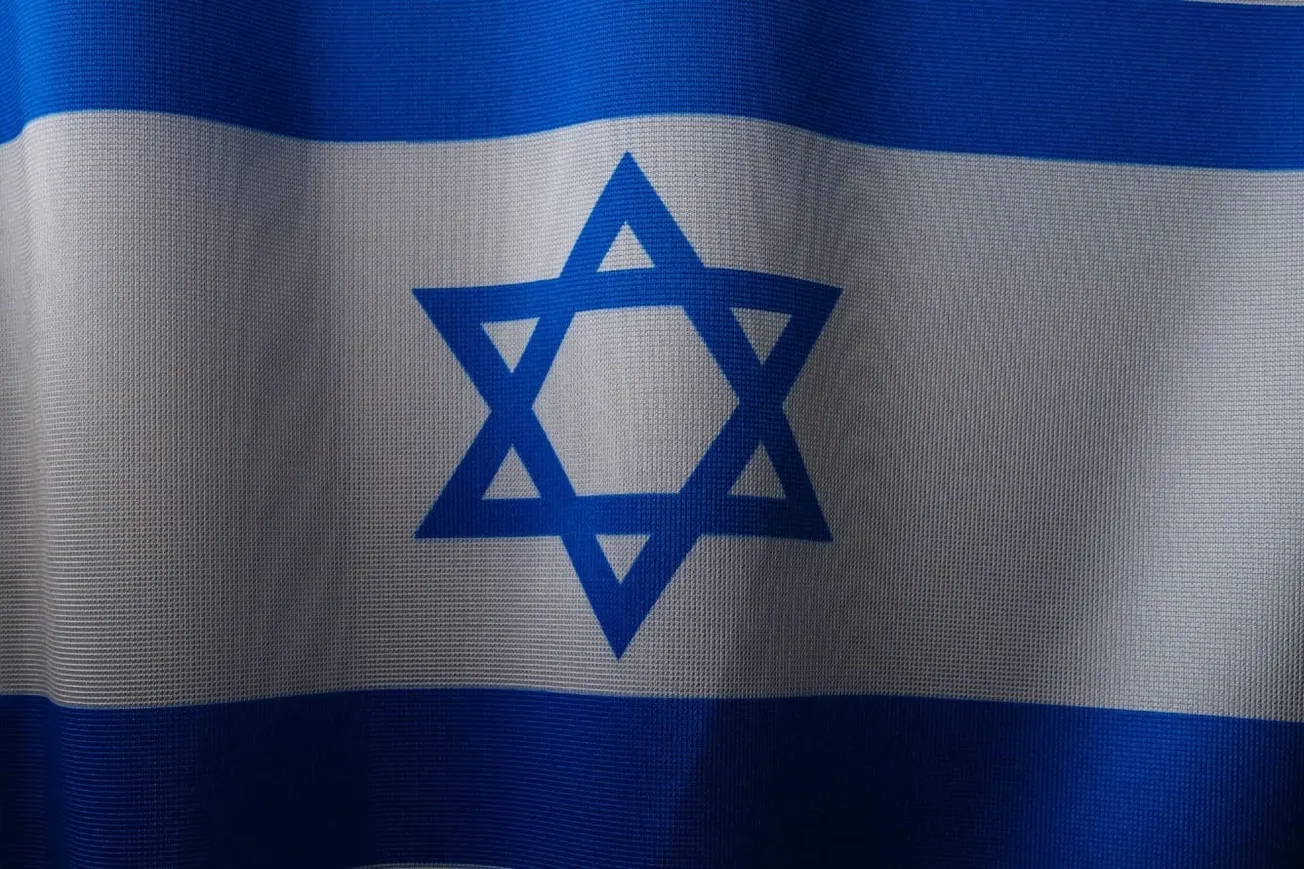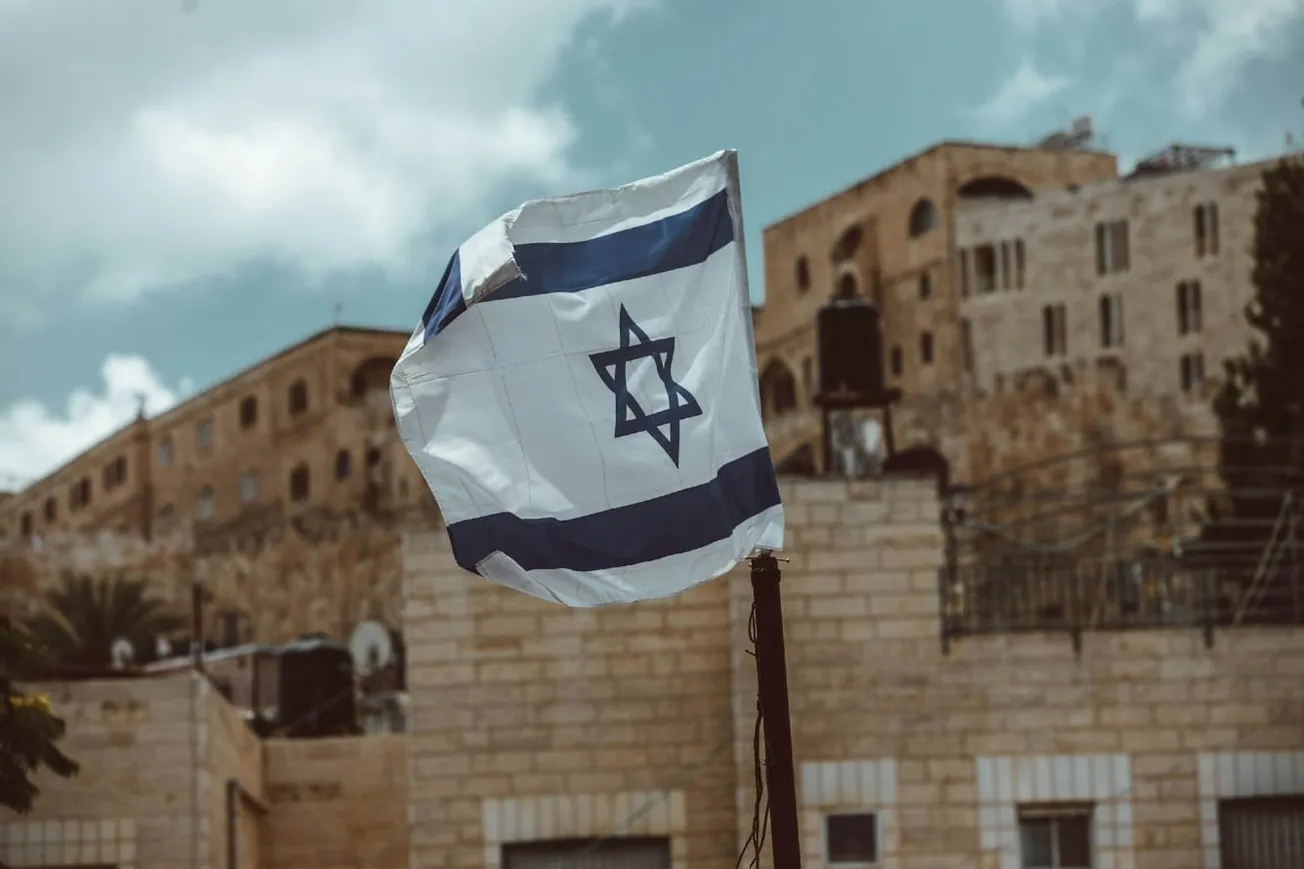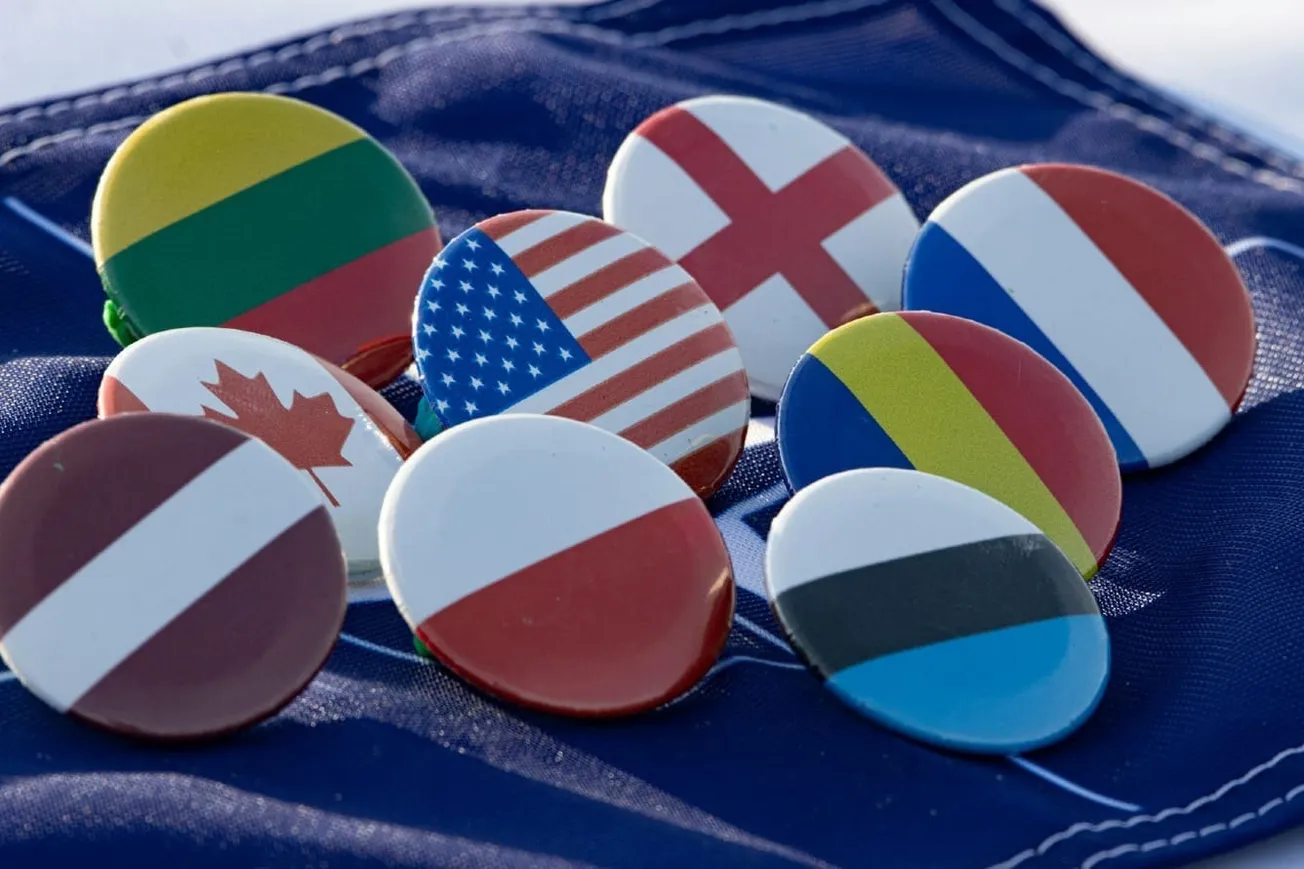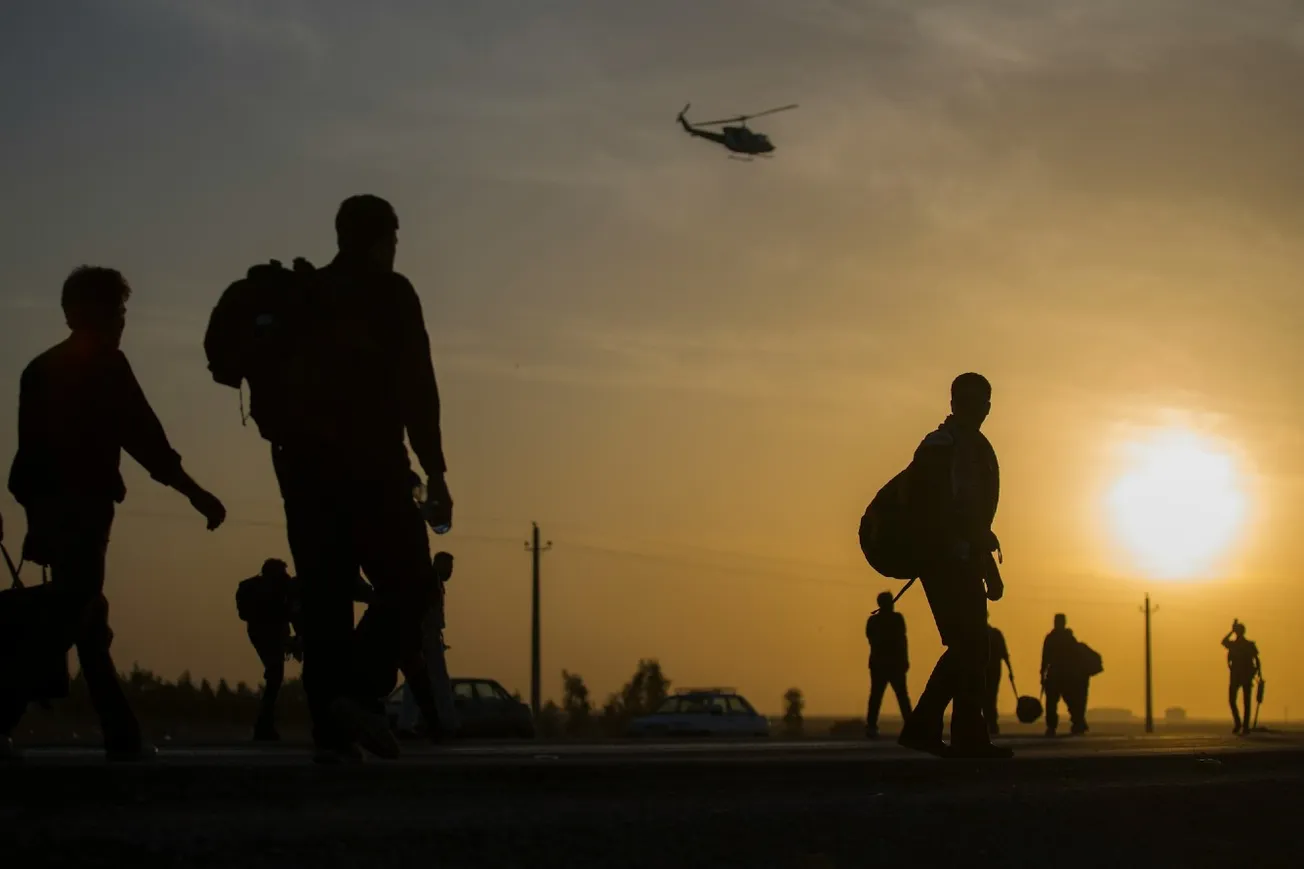Non-stop media coverage of campus protests at elite universities such as Columbia, Brown, and the University of Texas has failed to provide Americans with the historical context of civil unrest to understand its meaning.
The protests spearheaded by Mahatma Gandhi and Nelson Mandela - the gold standard of civil action - transcended mere demonstrations; they were movements against those in power who held the key to their relief. These historic movements serve as a benchmark by underscoring the profound commitment and organization required for effective change.
For governments to address deeply entrenched policies like the Israel-Palestine conflict, which has confounded every American President from both parties for over 50 years, it takes a lot more than campus protests in a third country that just started last week to tilt the scale. The demonstrations appear as though they are organized, judging by the consistent tent pitching, dancing, singing, and making demands such as divestation of funds in Israel. However, the protests lack seriousness and indications that students will persist in protesting beyond their current term. There's not a single leader that we can turn to for clarification. Protests without leaders don't have staying power and will likely result in anarchy, like the BLM-inspired summer riots of 2020. So, if there is any sort of organization at all at these campuses, it is weak and ineffective.
The truth is that well-organized protests, dating back to Gandhi during the Dandi March or Nelson Mandela's Defiance Campaign, involved thousands of hidden hands and minds that did the heavy lifting before a single person showed up to protest. The Gandhi and Mandela demonstrations were focused and determined and went on for decades before success materialized. In both cases, the demonstrations were targeted in the jurisdictions where the bad policy prevailed and against officials who could provide relief. The current campus protests fail to meet any of these benchmarks.
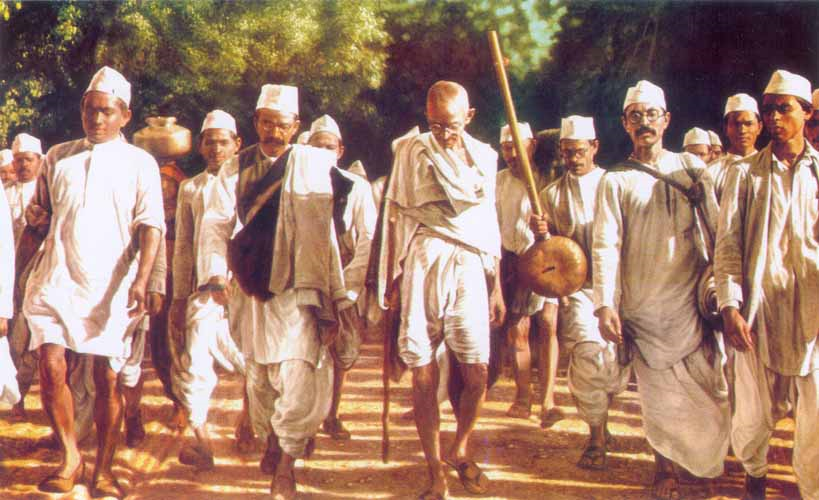
The Dandi March, also known as the Salt Satyagraha, became the gold standard of organized protest movements. Led by Mahatma Gandhi for 24 days in colonial India in March 1930, it aimed to challenge the British salt monopoly, which heavily taxed and restricted salt production and distribution in India. Gandhi's approach (long before mobile phones, TV coverage, and social media) was breathtakingly simple. He announced to his supporters in his Sabarmati Ashram (near modern Ahmedabad) that he would walk to the coastal town of Dandi (near Surat) on the Arabian Sea coast in the western Indian state of Gujarat - and make salt.
The word spread like wildfire - and people began to join him en route in a powerful display of unity and solidarity. At each stop, Gandhi addressed crowds, highlighting the unfairness of the salt tax on poor people. It was a simple but elegant message. Who doesn't use salt? And who wants to pay a disproportionate tax on the most vital commodity?
On April 6, 1930, at Dandi, Gandhi and his followers symbolically "produced" salt by picking up handfuls from the shore, thus breaking the law and challenging British authority. The Salt March gained widespread support among Indians and drew worldwide attention, marking a significant step in India's struggle for independence.
It was the precursor to other non-violent demonstrations in colonial India that, unfortunately, often turned violent, showing how utterly helpless 10,000 British officers were to control the millions across India. Just 17 years later, the last British Governor-General of India, Earl Louis Mountbatten, declared that India would gain independence on August 15, 1947, along with the partition of the subcontinent into India and Pakistan.
Across multiple time zones and continents, Nelson Mandela, a prominent anti-apartheid activist and later South Africa's first Black president, was inspired by Gandhi's tactics. When apartheid became a state law in 1948, formalizing racial segregation and discrimination, Mandela and the African National Congress party engaged in non-violent tactics like strikes and demonstrations to protest apartheid. However, four years later, Mandela changed his tactics by leading what he called the Defiance Campaign, encouraging Black participants to actively violate discriminatory laws.
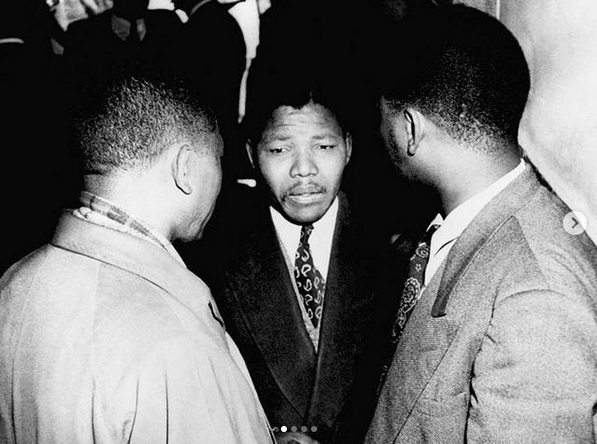
A turning point came in 1960 during the Sharpeville massacre, where 69 people were shot dead during a protest against the Pass Laws. The government declared a state of emergency, banned the ANC, and arrested hundreds of political activists, including Mandela, who was jailed for more than 28 years. Mandela's life of resistance, imprisonment, and leadership culminated in his role as a unifying figure during South Africa's transition out of apartheid. In 1994, he was elected President of South Africa in the country's first free elections, marking the end of apartheid and the beginning of majority rule. Nelson Mandela's legacy remains a powerful symbol of courage, resilience, and the fight for justice and equality.
The current campus protests bear little resemblance to the courage and conviction of Gandhi's or Mandela's campaigns. Besides, Gandhi and Mandela were ready to sacrifice their lives and endanger those of their supporters against violent action by authorities. The Israel-Palestine conflict has been going on for more than 60 years; why haven't there been sustained demonstrations on college campuses during all this time? And, as usual, law enforcement takes the hit. Our men and women in blue are just doing their jobs to keep public campus spaces safe but have to endure untold tension in managing protesters that generally outnumber them. The police are blamed if they let protests grow out of hand, causing potential harm to innocent civilians. The police are blamed if they apply excess force to control demonstrations. There's no win-win for law enforcement.
The media often simplifies the demonstrations as a conflict between the free expression of speech and law and order. The point is that every protest, dating back to Gandhi, was precisely that.

